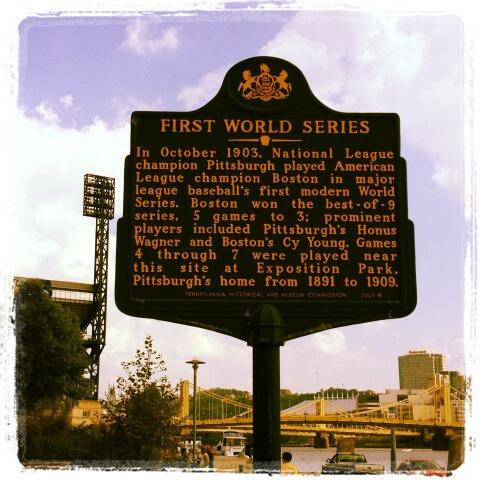

This engaging exploration of the art and craft of pitching belongs in the first ranks of books on America’s most written-about sport.Ī study of swimming as sport, survival method, basis for community, and route to physical and mental well-being.įor Bay Area writer Tsui ( American Chinatown: A People's History of Five Neighborhoods, 2009), swimming is in her blood. Although less a “history of baseball” than “a history of pitching,” with this book, Kepner has worked magic. Discussions of grips and arm angles become compelling aspects of a larger drama, and his interviewees provide useful insight into the psyche of players and the mindset that it takes to traverse the 60 feet, 6 inches between the pitcher’s mound and home plate. He traces the development of each pitch, often as far back as the 19th century, and describes how pitchers take different approaches to the same fundamental pitch, creating myriad variations of each. He conducted more than 300 interviews with pitchers, coaches, and the batters tasked with trying to hit these offerings among countless others, these include a long list of legends, including Bob Gibson, Greg Maddux, John Smoltz, Nolan Ryan, and Randy Johnson. In this top-notch sports book, Kepner, the national baseball writer for the New York Times, takes a tour of the history of baseball through 10 pitches: slider, fastball, curveball, knuckleball, splitter, screwball, sinker, changeup, spitball, and cutter. In so doing, they created an arsenal of pitches based on speed and location, movement and trickery.



But as the game shifted to become the sport we know today, the goal of the pitcher became not to provide hittable balls but to try to ensure that batters could not hit the ball. At one time, the pitcher simply served as a person providing offerings for batters to be able to hit. The pitcher is at the center of it all, arguably the single most central figure in all of team sports. A gripping tour through the most elemental component of baseball.īaseball is unique in the sense that the defense starts with the ball and provides the conditions under which the offense operates.


 0 kommentar(er)
0 kommentar(er)
